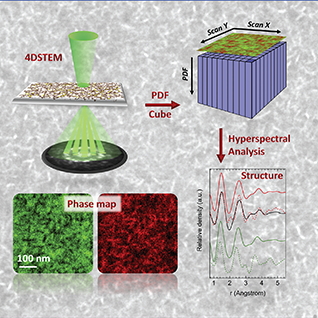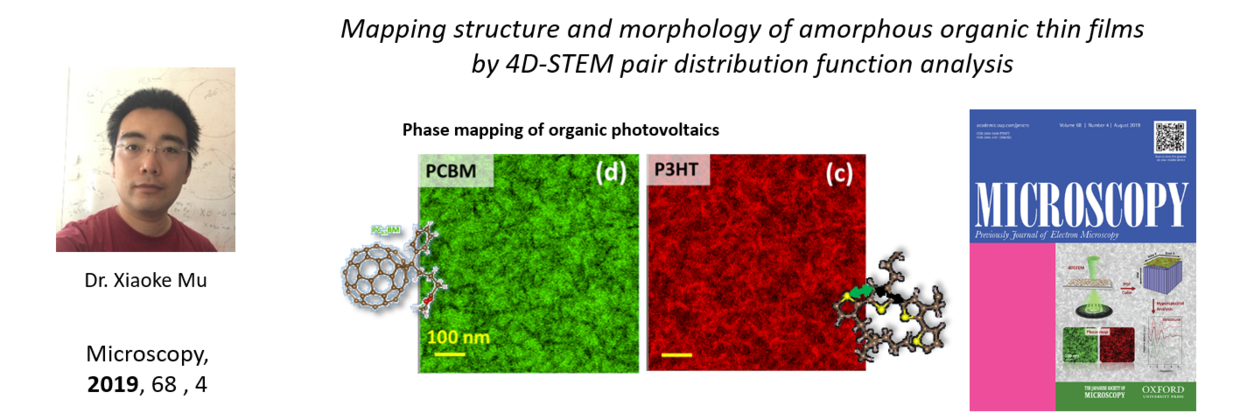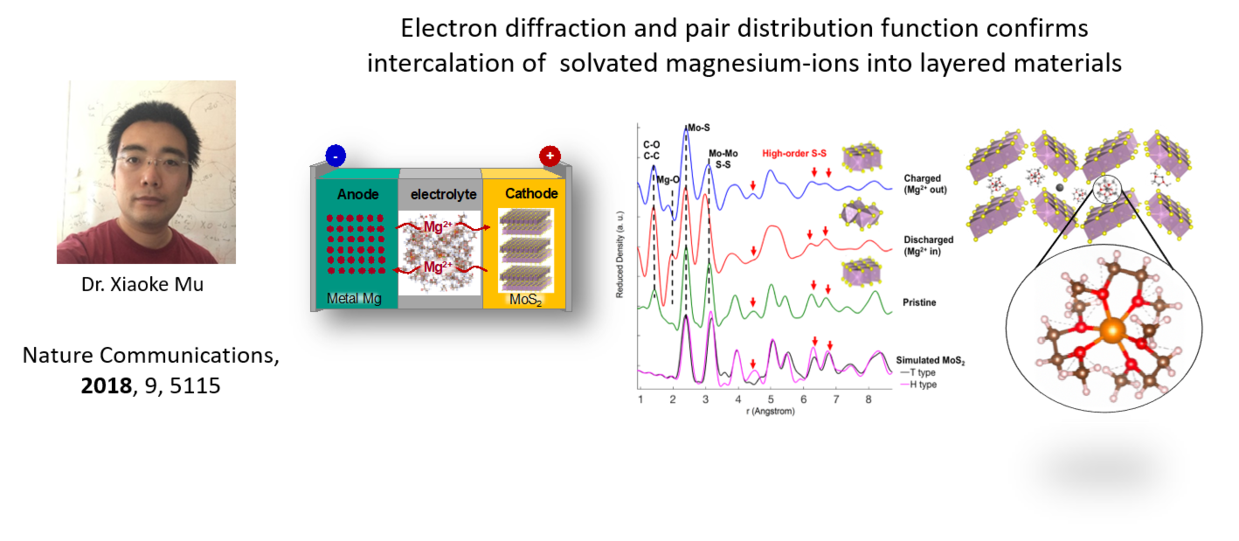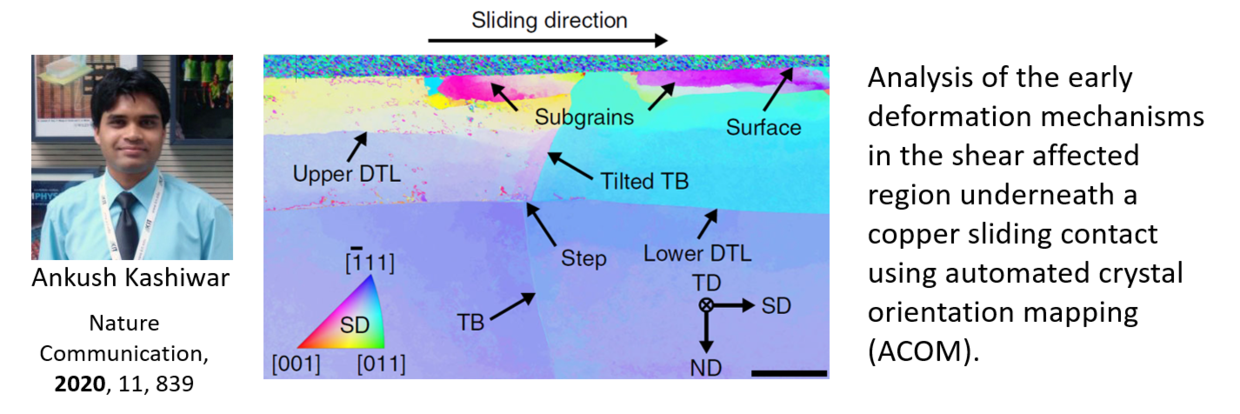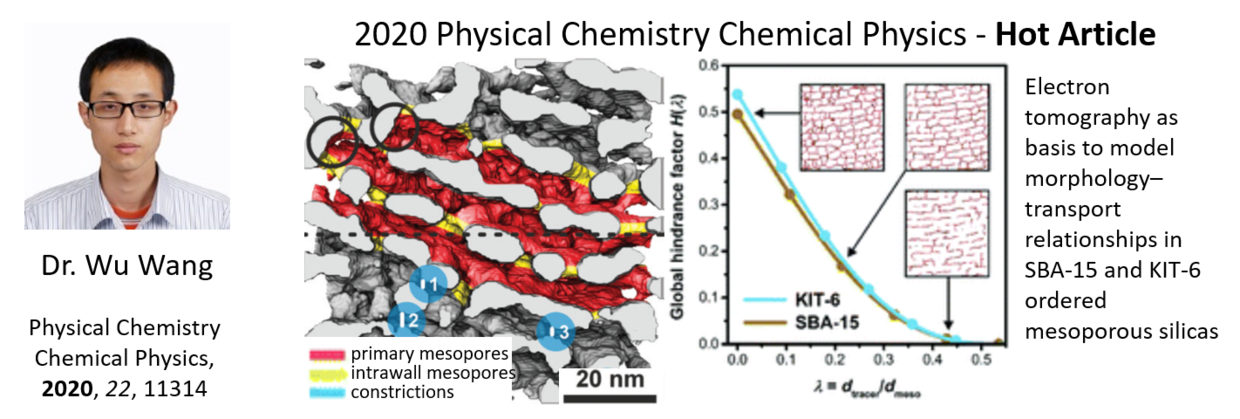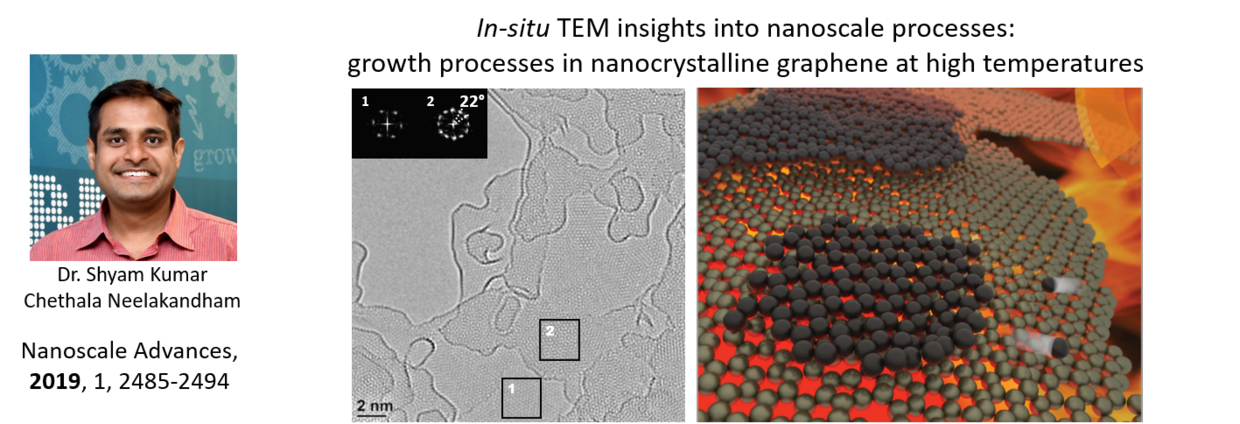Advanced Electron Microscopy in Materials Research
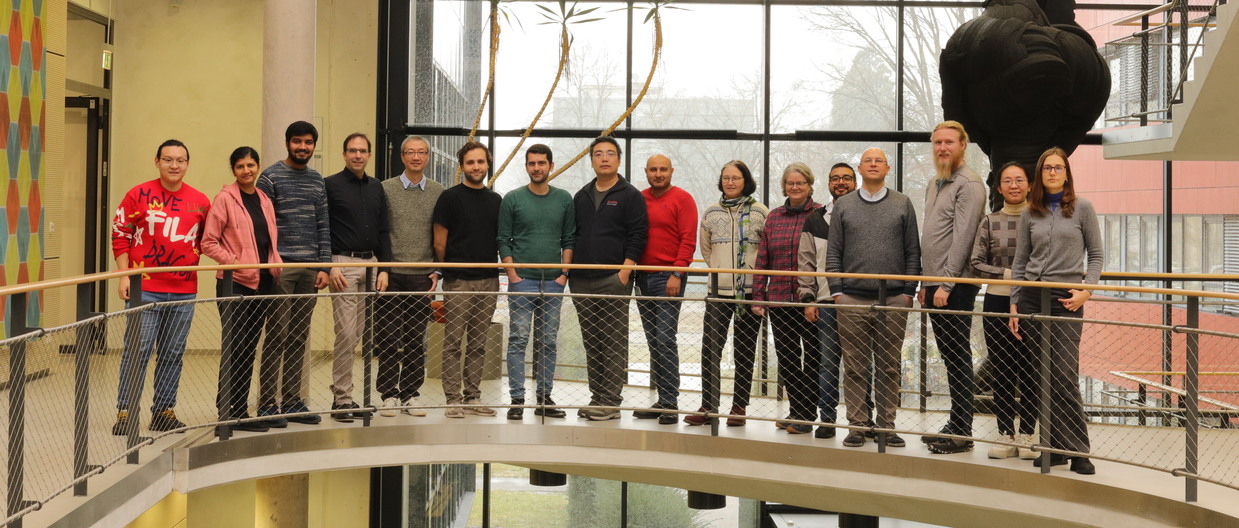
Ziming Ding successfully defended her PhD thesis on 'In Situ Transmission Electron Microscopy Investigation of All Solid-state Sodium Batteries' in the Materials Science Department at TU Darmstadt on January 30th 2024. Congratulations Ziming!
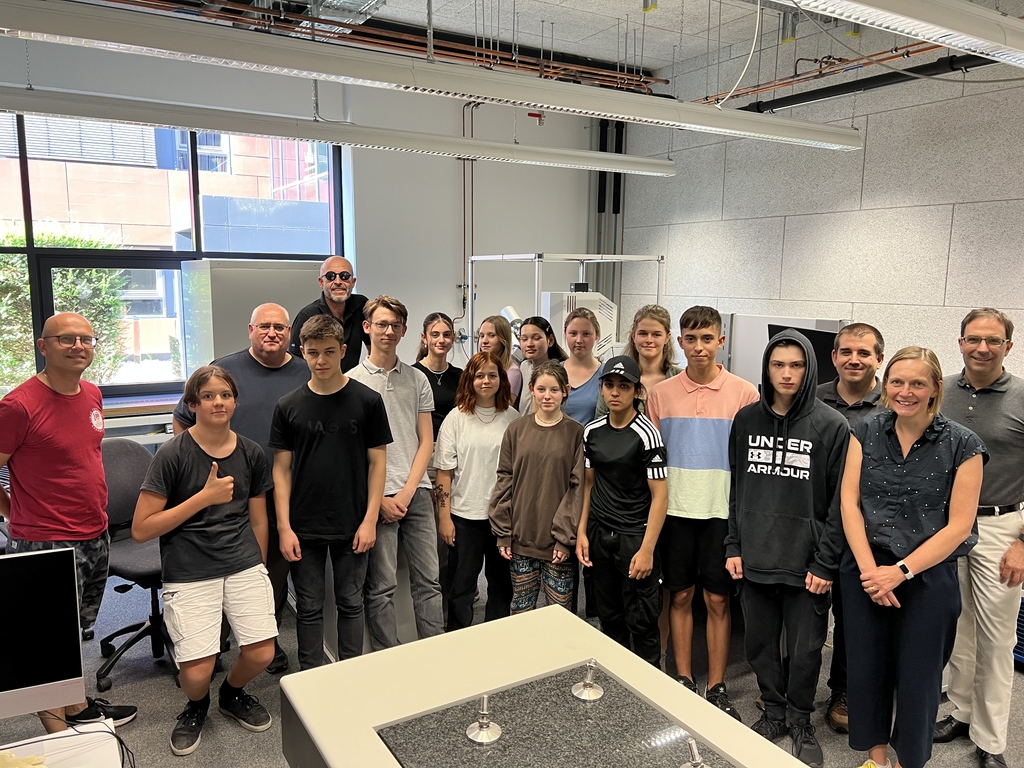
18 pupils of the Bismark Gymnasium in Karlsruhe and the HECTOR seminar Baden-Württemberg successfully completed the module "Bionik - Verständnis durch Elektronenmikroskopie entwickeln", spending 11 weeks using SEM and optical microscopy to image surface structures in biological systems and their technical counterparts to understand how the structure gives rise to different properties such as the Lotus effect, light harvesting, structural colors, Gecko effect, Salvinia effect and the mechanical stability of diatoms. The results were presented in a seminar on July 6th and at the HECTOR Modulfest on July 8th.
Link_more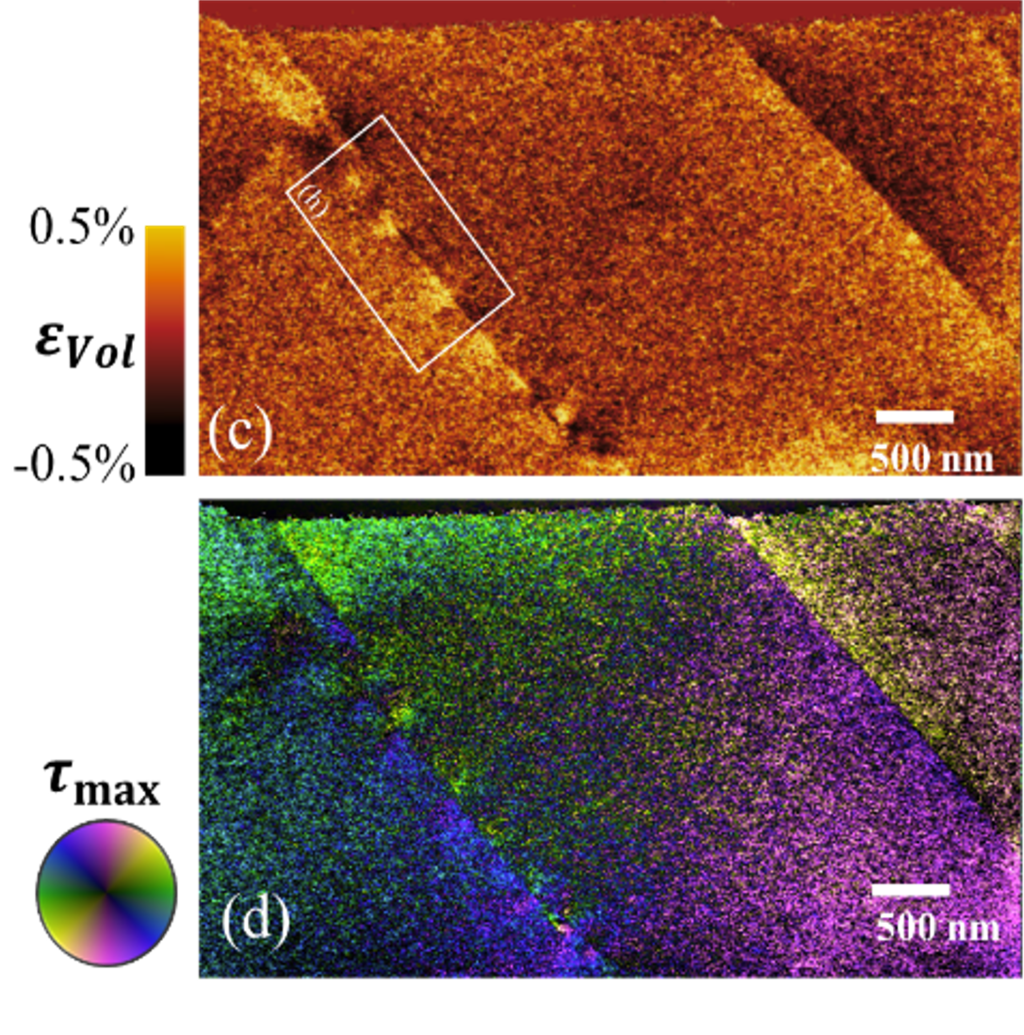
4-dimensional-STEM (4D-STEM) analysis of amorphous materials has been pushed to new limits and applied to map and directly correlate the local strain and the atomic structure at the nanometer scale in deformed metallic glasses. Residual strain fields are observed with quadrupolar symmetry concentrated at dilated Eshelby inclusions. The strain fields percolate in a vortex-like manner building up the shear band. This provides a new understanding of the formation of shear bands in metallic glass. Details have been published in Advanced Materials 2023.
Link_more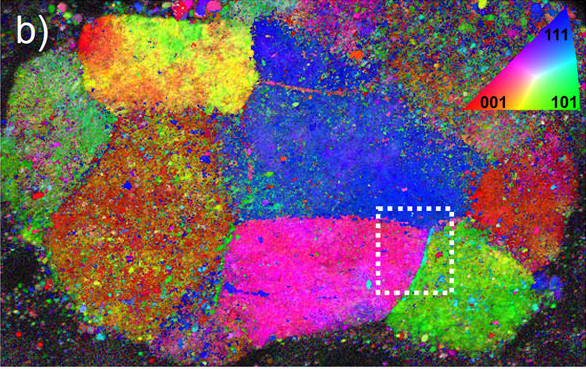
This work unveils the multi-cations synergy of the HEO Mg0.2Co0.2Ni0.2Cu0.2Zn0.2O at atomic and nanoscale during electrochemical reaction and explains the ‘cocktail effect’. The more electronegative elements form an electrochemically inert 3-dimensional metallic nano-network enabling electron transport. The electrochemical inactive cation stabilizes an oxide nanophase, which is semi-coherent with the metallic phase and accommodates Li+ ions. This self-assembled nanostructure enables stable cycling of micron-sized particles, which bypasses the need for nanoscale premodification required for conventional metal oxides in battery applications. This demonstrates elemental diversity is the key for optimizing multi-cation electrode materials. Details have been published at Nature Communications 2023.
Link_more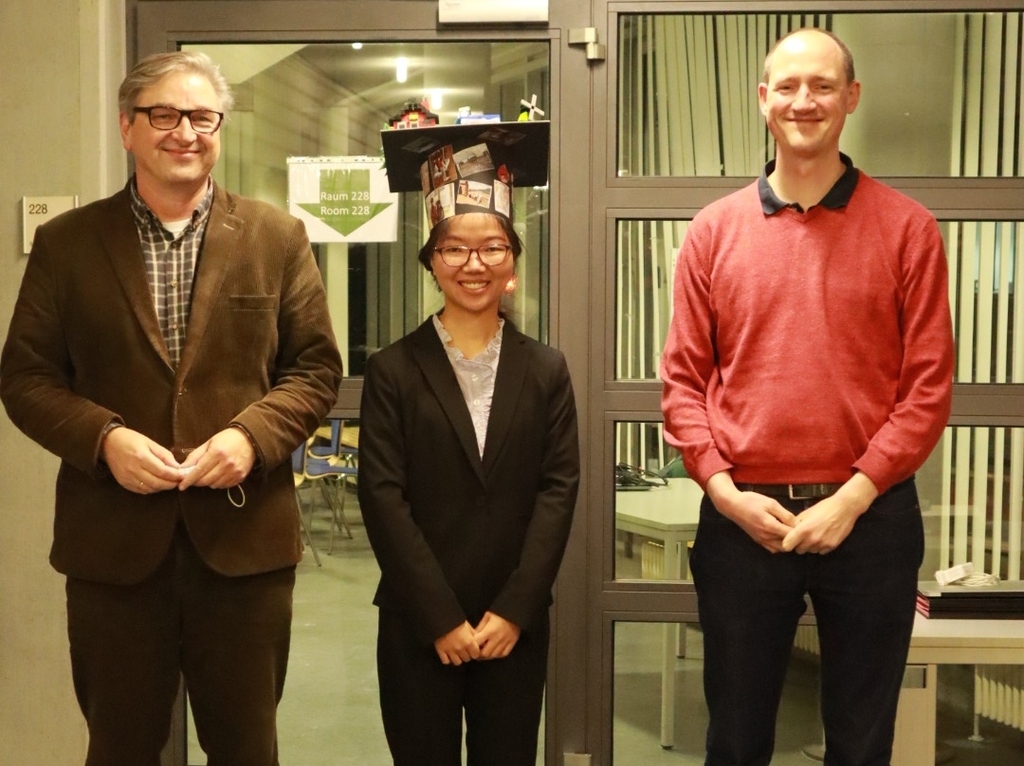
Xiaohui Huang successfully defended her PhD thesis on '3D Structural Characterization of Mesoporous Materials by Electron Tomography' in the Materials Science Department at TU Darmstadt on December 20th 2022. Congratulations Xiaohui!
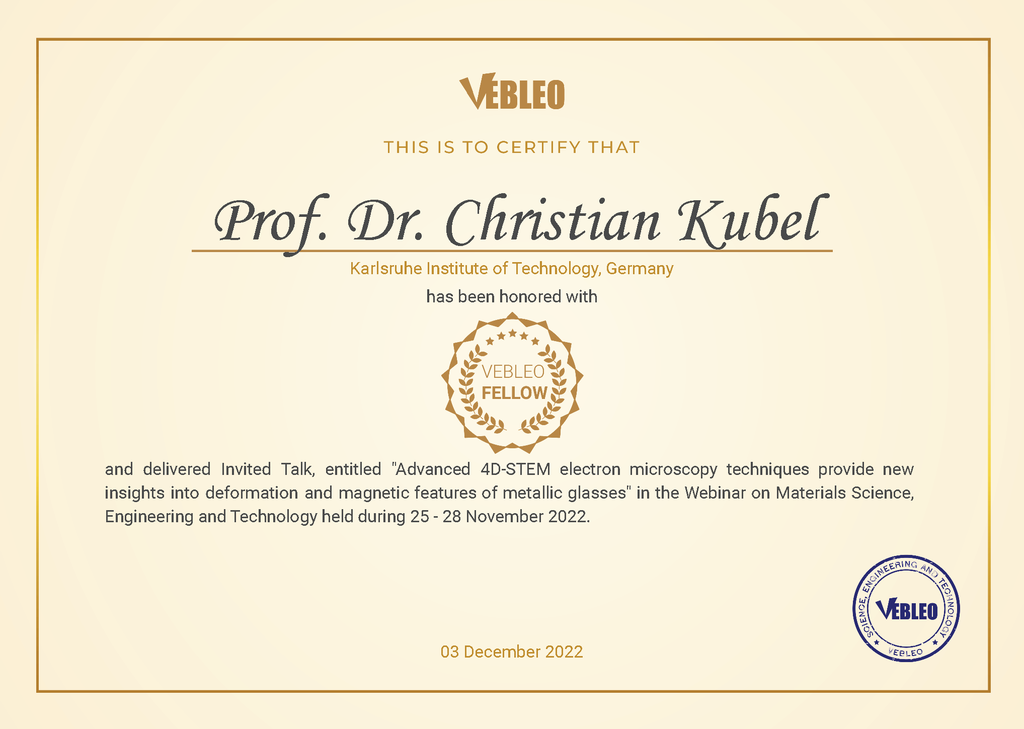
Christian Kübel has been recognized as Vebleo fellow for the 4D-STEM based PDF, strain and magnetic field mapping jointly developed with Dr. Xiaoke Mu and Sangjun Kang.
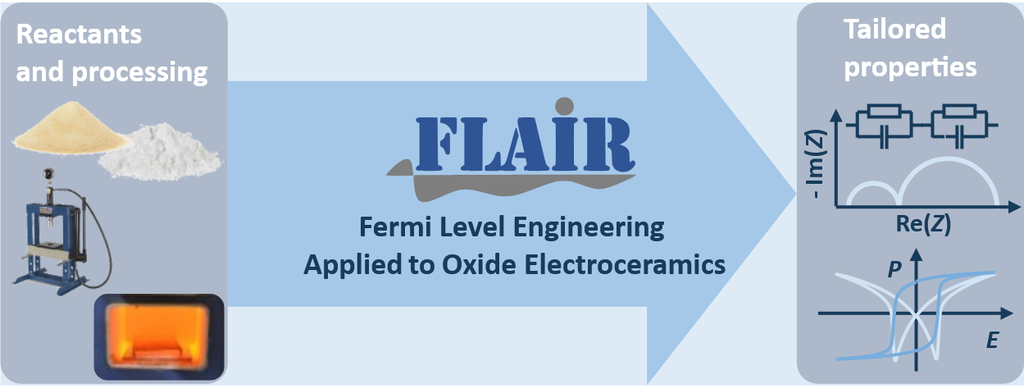
We are very pleased to announce that the CRC FLAIR has been funded by the Deutsche Forschungsgemeinschaft and is starting in January 2023. Thank you very much Andreas Klein and all colleagues involved for the great proposal preparation. We are looking forward to a successful collaboration.
Link_more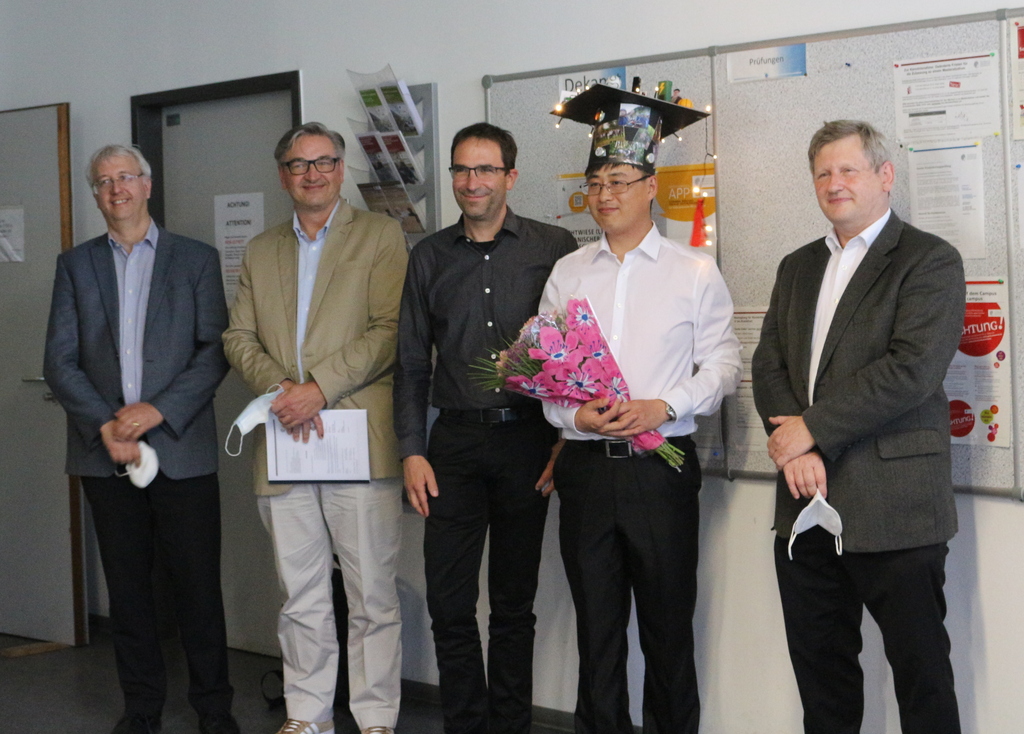
Kai Wang successfully defended his PhD thesis on 'Understanding fundamental migration processes during battery cycling and material syntheses using advanced transmission electron microscopy methods' in the Materials Science Department at TU Darmstadt on June 2nd 2022. Congratulations Kai!
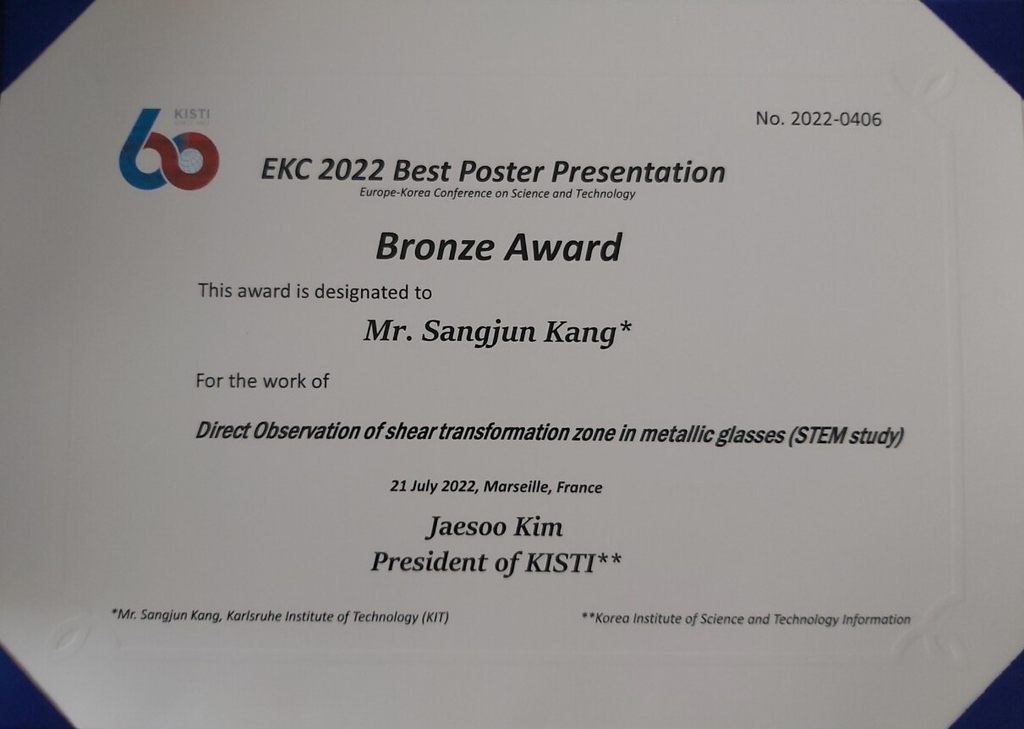
Sangjun Kang received the price for the best poster at Europe-Korea Conference on Science and Technology (EKC) for his presentation 'Direct observation of shear transformation zone in metallic glasses'.
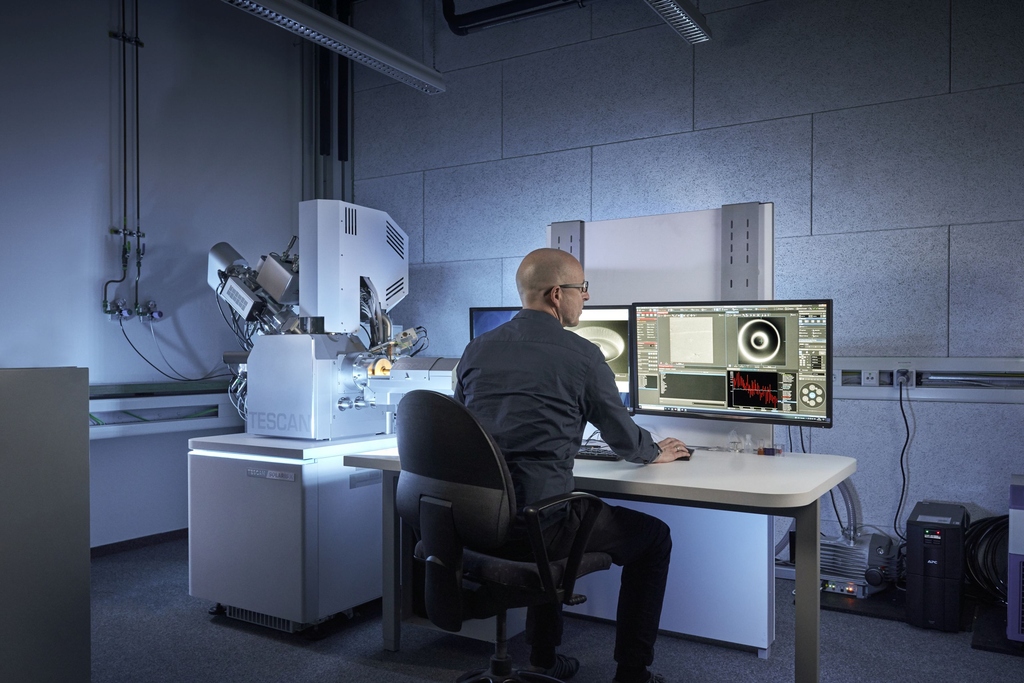
The new Tescan Solaris-X PlasmaFIB has been installed at the INT and is now operational for fast structuring of materials and large area 3D slice&view imaging.
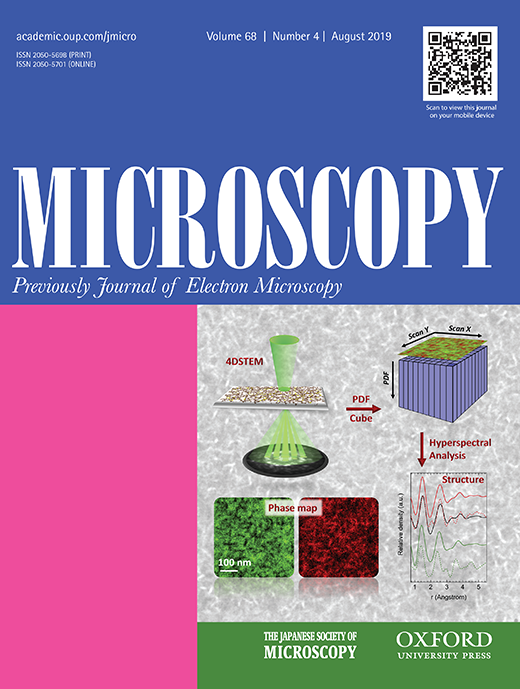
We very much appreciate the selection of our publication 'Mapping structure and morphology of amorphous organic thin films by STEM pair distribution function analysis' for the 36th Scientfic Paper award in the area Physical Science by The Japanese Society of Microscopy. Congratulations to Xiaoke Mu and his coworkers.
Method Development
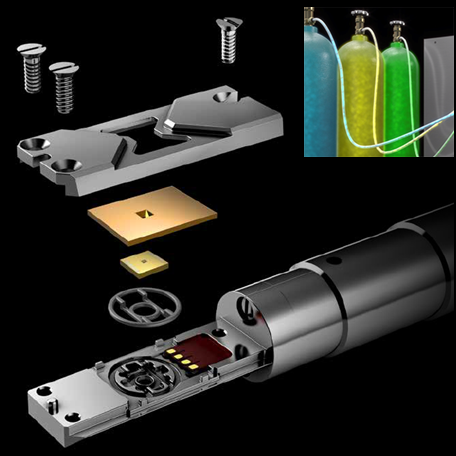
Heating, biasing, electro-chemistry, gas environment, mechanical deformation
link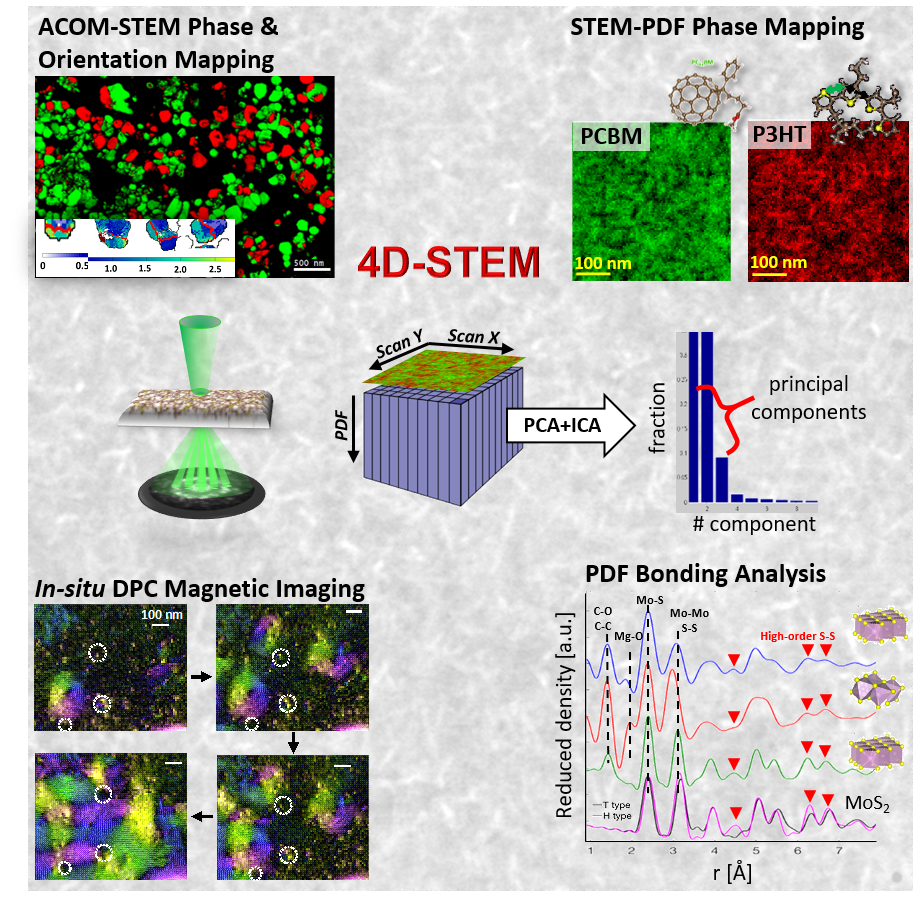
Automated crystal orientaton mapping
Pair distrubution function mapping
Differential phase contrast
link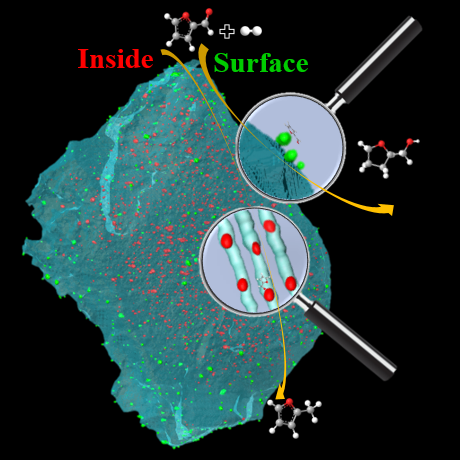
Quantitative 3D nanoscale and microscale analysis
linkMaterials Research
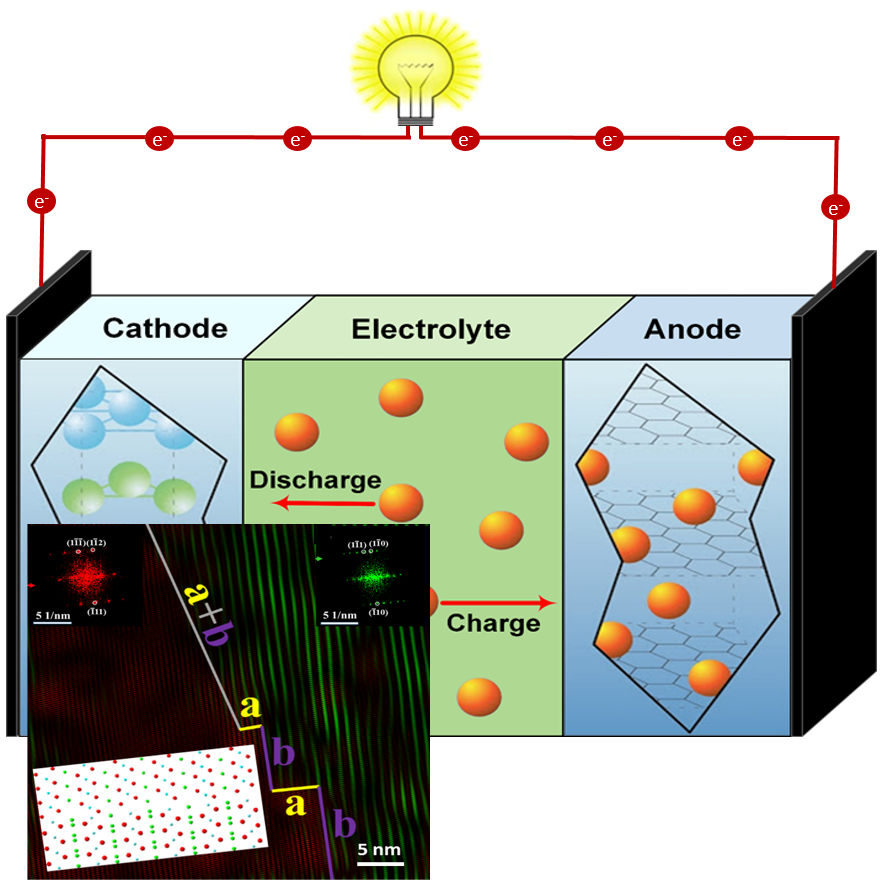
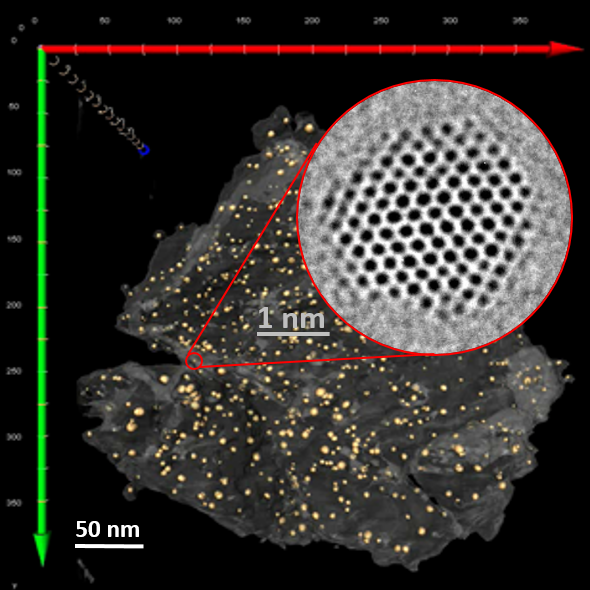
Atomic structure of the active catalytic center
Metal-Support Interaction
Nano and micro scale morphology
link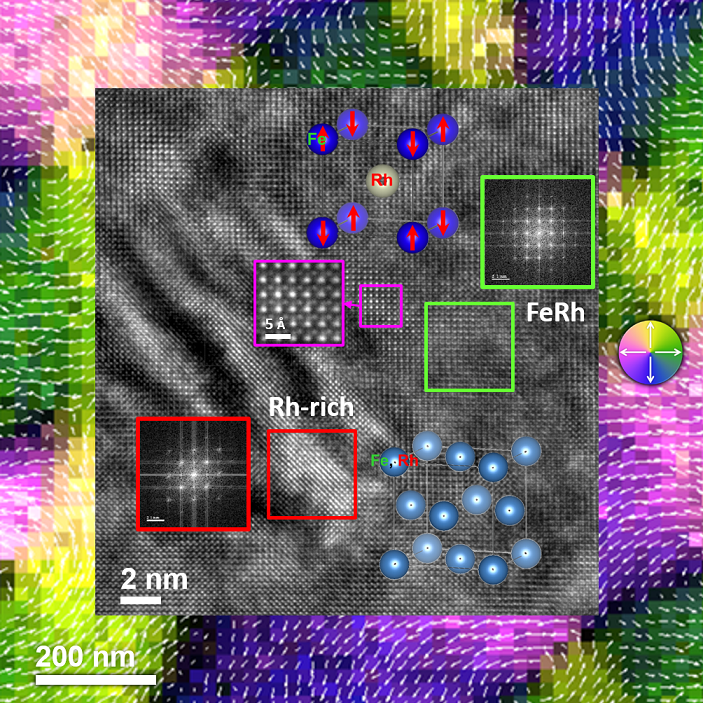
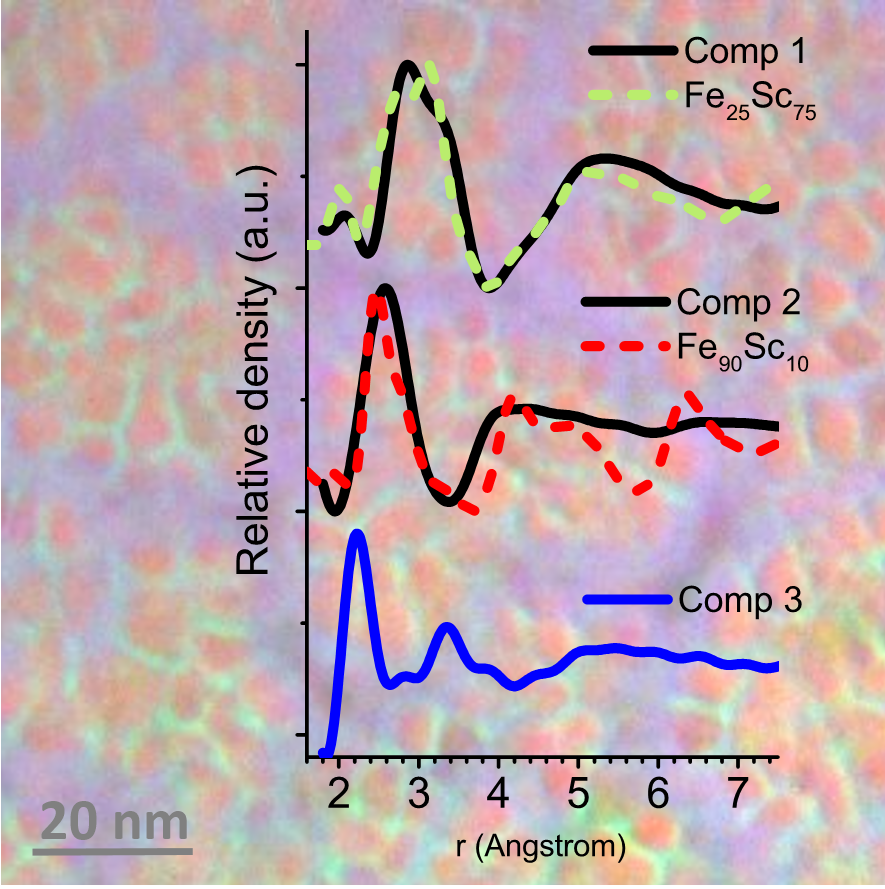
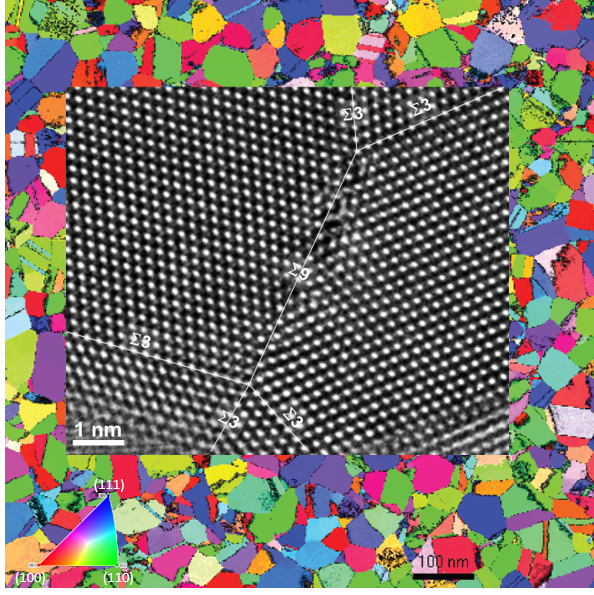
Quantitative structural description of nanocrystalline metals
Mechanical deformation
Thermal evolution
link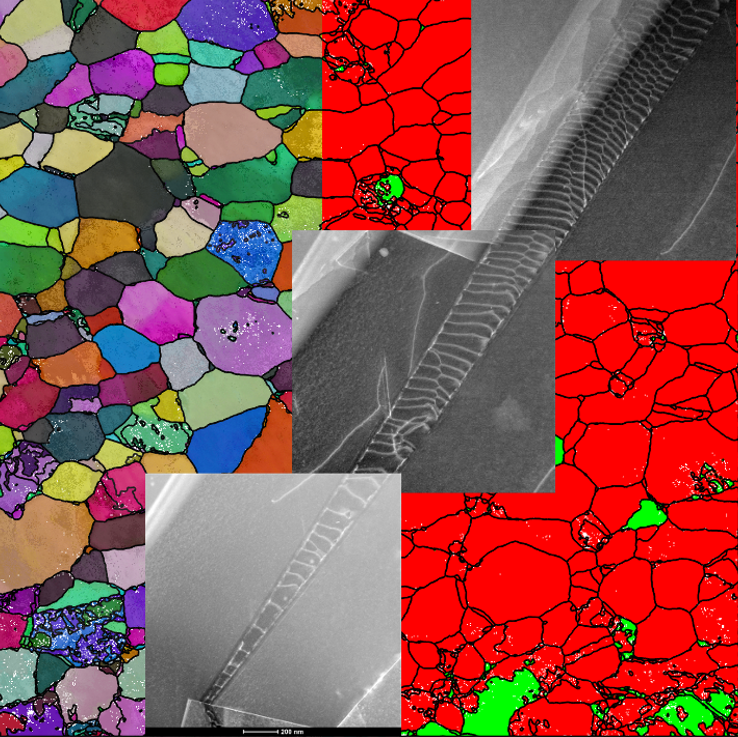
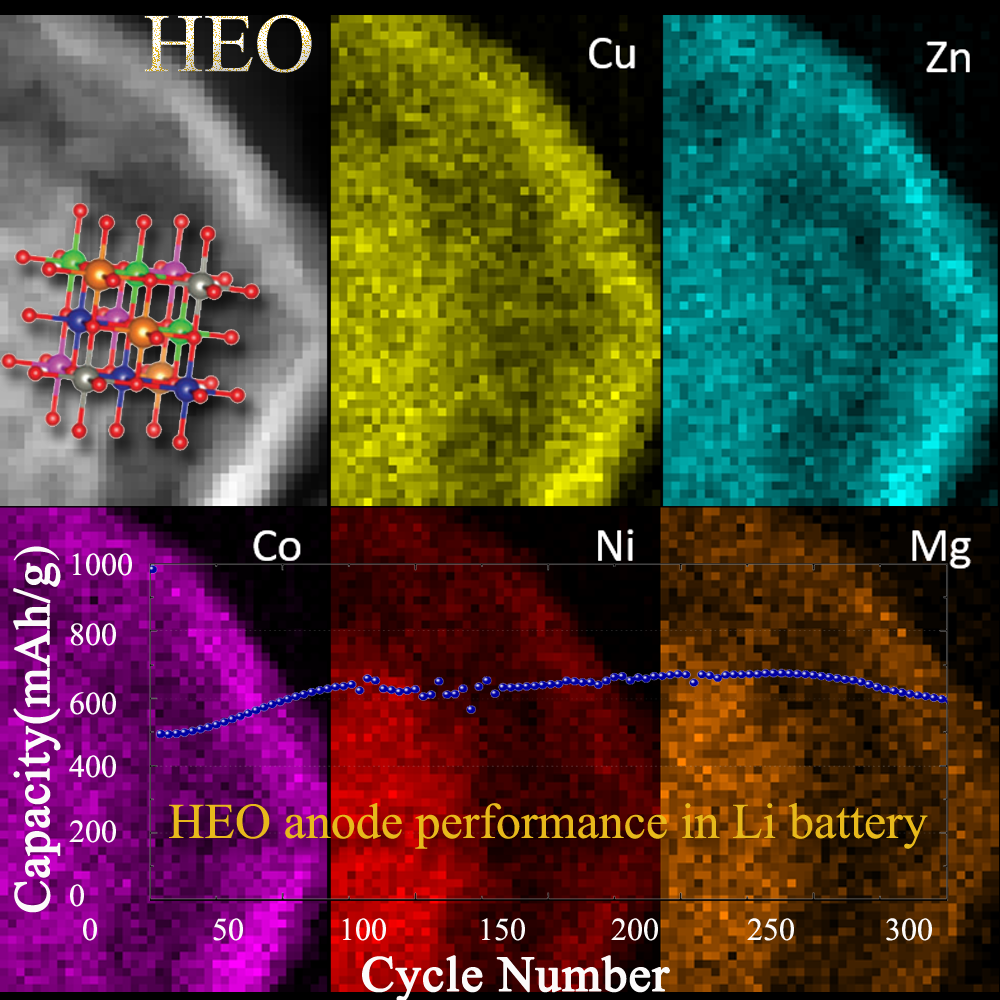
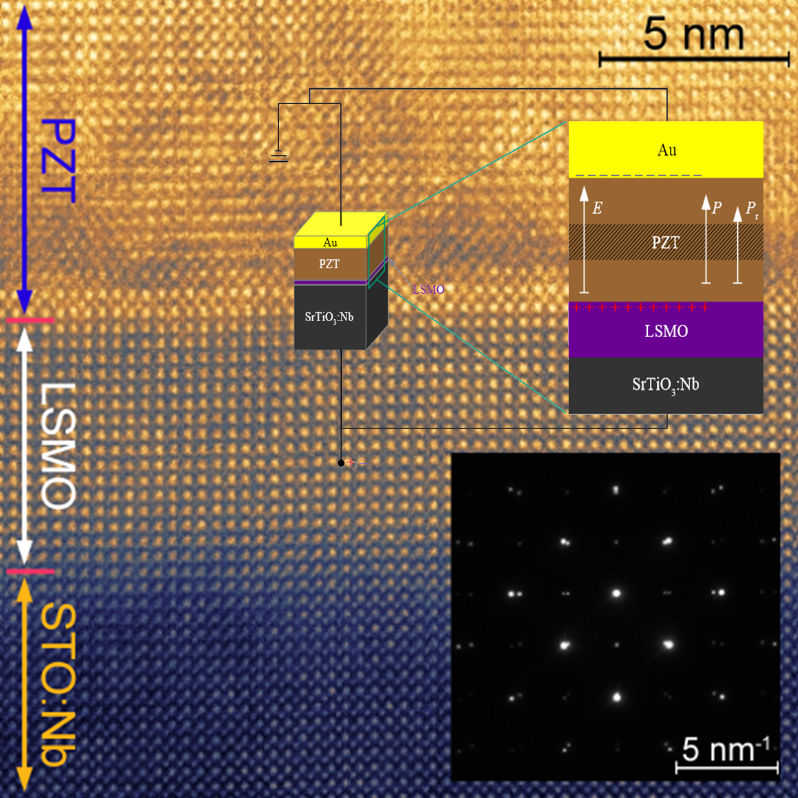
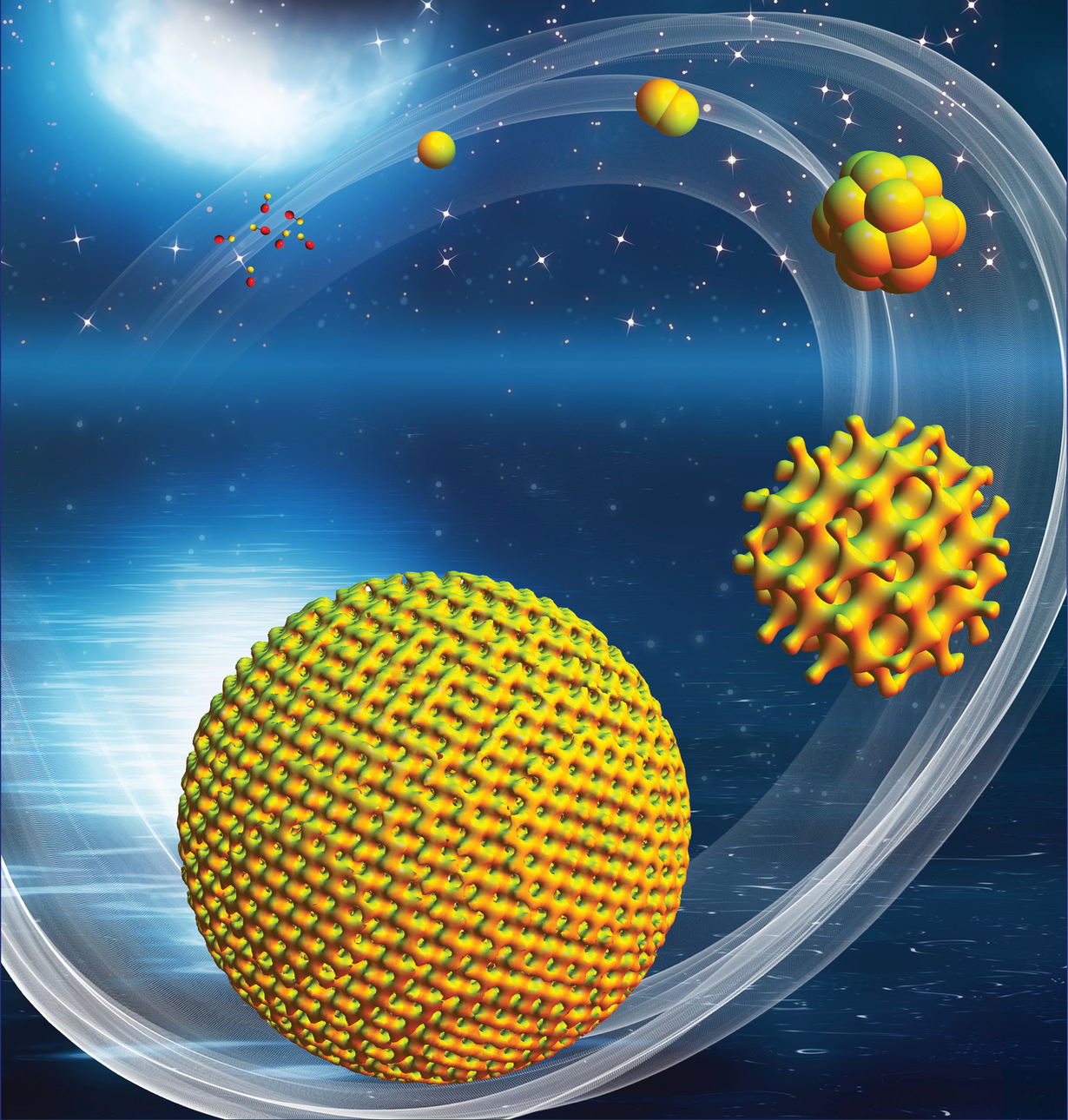
Low-dose TEM & electron tomography characterization of complex hybrid materials.
link